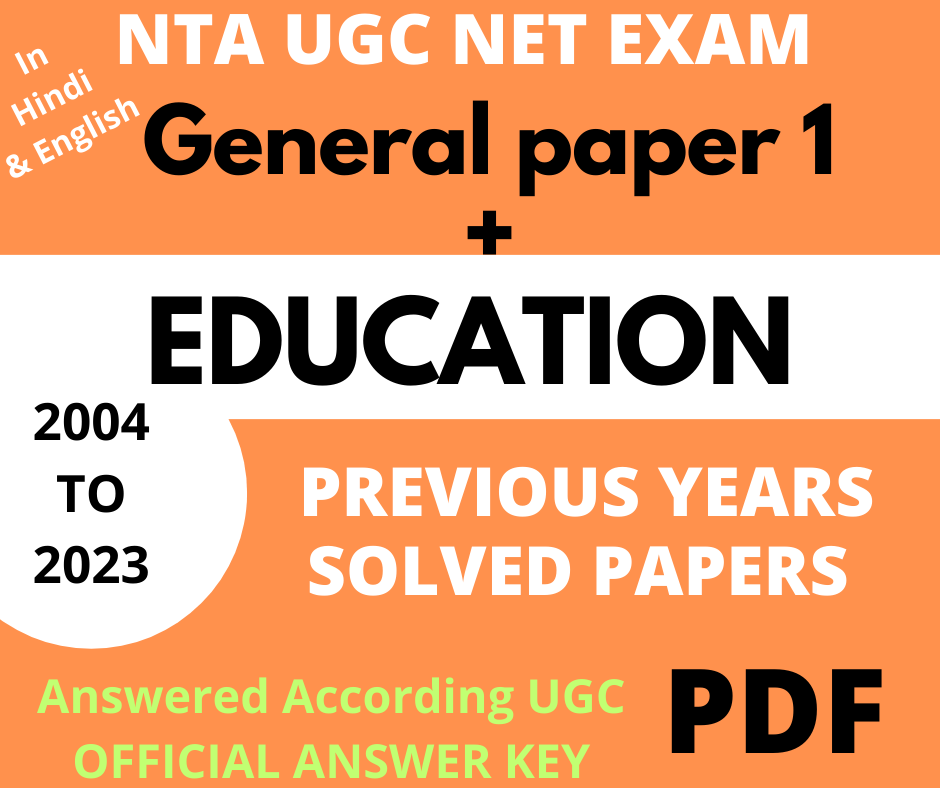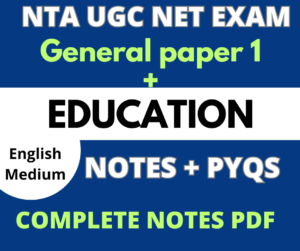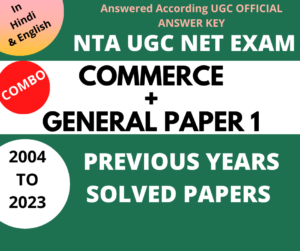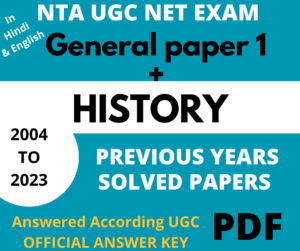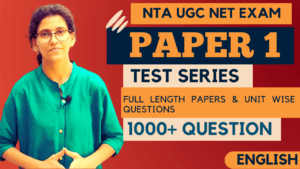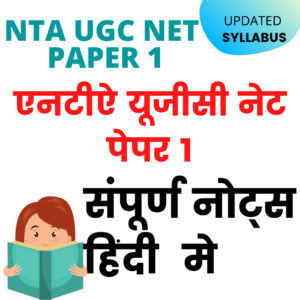Q1 Assertion: Surveys are an effective tool to gather data from a large population.
Reasoning: Surveys can be distributed widely and can reach a large audience in a short period of time.
a) Both assertion and reasoning are true, and the reasoning is the correct explanation for the assertion.
b) Both assertion and reasoning are true, but the reasoning is NOT the correct explanation for the assertion.
c) The assertion is true, but the reasoning is false.
d) The assertion is false, but the reasoning is true.
e) Both assertion and reasoning are false.
Answer: a) Both assertion and reasoning are true, and the reasoning is the correct explanation for the assertion.
Q2 Assertion: External validity concerns the generalizability of research findings.
Reasoning: External validity ensures that the measures used in a study measure the concepts they’re supposed to measure.
a) Both assertion and reasoning are true, and the reasoning is the correct explanation for the assertion.
b) Both assertion and reasoning are true, but the reasoning is NOT the correct explanation for the assertion.
c) The assertion is true, but the reasoning is false.
d) The assertion is false, but the reasoning is true.
e) Both assertion and reasoning are false.
Answer: b) Both assertion and reasoning are true, but the reasoning is NOT the correct explanation for the assertion.
Q3 Assertion: Random sampling is essential for the generalizability of a study.
Reasoning: Random sampling ensures that every member of the population has an equal chance of being selected.
a) Both assertion and reasoning are true, and the reasoning is the correct explanation for the assertion.
b) Both assertion and reasoning are true, but the reasoning is NOT the correct explanation for the assertion.
c) The assertion is true, but the reasoning is false.
d) The assertion is false, but the reasoning is true.
e) Both assertion and reasoning are false.
Answer: a) Both assertion and reasoning are true, and the reasoning is the correct explanation for the assertion.
Q4 Assertion: In qualitative research, data saturation means that no additional data is necessary.
Reasoning: Data saturation occurs when adding more participants to the study does not result in additional perspectives or information.
a) Both assertion and reasoning are true, and the reasoning is the correct explanation for the assertion.
b) Both assertion and reasoning are true, but the reasoning is NOT the correct explanation for the assertion.
c) The assertion is true, but the reasoning is false.
d) The assertion is false, but the reasoning is true.
e) Both assertion and reasoning are false.
Answer: a) Both assertion and reasoning are true, and the reasoning is the correct explanation for the assertion.
Q5 Assertion: Phenomenology seeks to understand the essence of an experience.
Reasoning: Phenomenological research is primarily concerned with identifying causal relationships between variables.
a) Both assertion and reasoning are true, and the reasoning is the correct explanation for the assertion.
b) Both assertion and reasoning are true, but the reasoning is NOT the correct explanation for the assertion.
c) The assertion is true, but the reasoning is false.
d) The assertion is false, but the reasoning is true.
e) Both assertion and reasoning are false.
Answer: c) The assertion is true, but the reasoning is false.
Q6 Assertion: A Type II error occurs when a false null hypothesis is not rejected.
Reasoning: A Type II error represents a missed opportunity to identify an effect that exists.
a) Both assertion and reasoning are true, and the reasoning is the correct explanation for the assertion.
b) Both assertion and reasoning are true, but the reasoning is NOT the correct explanation for the assertion.
c) The assertion is true, but the reasoning is false.
d) The assertion is false, but the reasoning is true.
e) Both assertion and reasoning are false.
Answer: a) Both assertion and reasoning are true, and the reasoning is the correct explanation for the assertion.
Q7 Assertion: Grounded theory aims to generate theory from the collected data.
Reasoning: Grounded theory uses a top-down approach, starting with a theory and then testing hypotheses.
a) Both assertion and reasoning are true, and the reasoning is the correct explanation for the assertion.
b) Both assertion and reasoning are true, but the reasoning is NOT the correct explanation for the assertion.
c) The assertion is true, but the reasoning is false.
d) The assertion is false, but the reasoning is true.
e) Both assertion and reasoning are false.
Answer: c) The assertion is true, but the reasoning is false.
Q8 Assertion: Cluster sampling is a probability sampling technique.
Reasoning: In cluster sampling, entire groups, or clusters, are chosen at random, and then all members of selected clusters are surveyed.
a) Both assertion and reasoning are true, and the reasoning is the correct explanation for the assertion.
b) Both assertion and reasoning are true, but the reasoning is NOT the correct explanation for the assertion.
c) The assertion is true, but the reasoning is false.
d) The assertion is false, but the reasoning is true.
e) Both assertion and reasoning are false.
Answer: a) Both assertion and reasoning are true, and the reasoning is the correct explanation for the assertion.
Q9 Assertion: Longitudinal studies are time-consuming and more prone to participant drop-out.
Reasoning: Longitudinal studies involve repeated observations or measurements of the same individuals over long periods.
a) Both assertion and reasoning are true, and the reasoning is the correct explanation for the assertion.
b) Both assertion and reasoning are true, but the reasoning is NOT the correct explanation for the assertion.
c) The assertion is true, but the reasoning is false.
d) The assertion is false, but the reasoning is true.
e) Both assertion and reasoning are false.
Answer: a) Both assertion and reasoning are true, and the reasoning is the correct explanation for the assertion.
Q10 Assertion: Factor analysis is a form of inferential statistics.
Reasoning: Factor analysis seeks to identify underlying relationships between measured variables.
a) Both assertion and reasoning are true, and the reasoning is the correct explanation for the assertion.
b) Both assertion and reasoning are true, but the reasoning is NOT the correct explanation for the assertion.
c) The assertion is true, but the reasoning is false.
d) The assertion is false, but the reasoning is true.
e) Both assertion and reasoning are false.
Answer: a) Both assertion and reasoning are true, and the reasoning is the correct explanation for the assertion.
